Home>Gardening & Outdoor>Landscaping Ideas>How Short To Cut Grass Before Winter


Landscaping Ideas
How Short To Cut Grass Before Winter
Modified: February 25, 2024
Prepare your lawn for winter with our expert landscaping ideas. Learn how short to cut grass before winter to keep your yard healthy and vibrant. Discover the best practices for winter lawn care.
(Many of the links in this article redirect to a specific reviewed product. Your purchase of these products through affiliate links helps to generate commission for Storables.com, at no extra cost. Learn more)
Introduction
As the vibrant colors of autumn fade into the crisp embrace of winter, it's essential to prepare your lawn for the seasonal transition. One crucial aspect of this preparation is determining the optimal length for cutting grass before winter sets in. This seemingly simple task holds significant importance in ensuring the health and vitality of your lawn during the colder months.
Preparing your lawn for winter is akin to providing it with a cozy blanket to shield against the harsh elements. By understanding the significance of grass length in this process, you can effectively equip your lawn to withstand the challenges of winter and emerge lush and vibrant when spring arrives.
In the following sections, we will delve into the importance of cutting grass before winter, explore the ideal length for this task, and provide valuable tips to ensure that your lawn remains in optimal condition throughout the colder season. Let's embark on this journey to discover the art and science of preparing your lawn for winter, starting with the crucial step of determining the right grass length.
Key Takeaways:
- Trimming your grass to 2 to 2.5 inches before winter helps prevent snow mold, promotes air circulation, and discourages pests. This prepares your lawn to stay healthy and vibrant during the colder months.
- Gradually reduce grass height, avoid scalping, and mulch leaves before winter. These simple steps ensure your lawn is resilient and ready to thrive when spring arrives.
Read more: How Low To Cut My Grass Before Winter
Importance of Cutting Grass Before Winter
Preparing your lawn for the impending winter is not just a matter of aesthetics; it is a fundamental aspect of maintaining its health and vitality. Cutting the grass to the appropriate length before winter arrives holds significant importance for several reasons.
First and foremost, trimming the grass to the recommended height before winter helps prevent the development of snow mold. Snow mold is a fungal disease that thrives in cold, wet conditions, often beneath a layer of snow. By maintaining the grass at an optimal length, you reduce the likelihood of snow mold taking hold and causing damage to your lawn.
Furthermore, cutting the grass before winter facilitates better air circulation and sunlight exposure. When the grass is too long, it can create a dense mat that traps moisture and prevents air and sunlight from reaching the lower layers. This can lead to the development of fungal diseases and weaken the overall health of the grass. By trimming the grass to the appropriate height, you promote improved air circulation and sunlight penetration, which are essential for maintaining a healthy lawn.
In addition, cutting the grass before winter helps prevent rodents and other pests from finding shelter in an excessively long and dense lawn. Tall grass provides an ideal hiding place for pests, which can cause damage to the grass and create unsightly patches. By keeping the grass at the recommended length, you discourage pests from taking up residence in your lawn, thus minimizing the risk of damage.
Moreover, maintaining the grass at the right height before winter simplifies the process of spring lawn care. When the grass is too long, it can become matted and intertwined, making it challenging to mow and care for in the spring. By ensuring that the grass is at the ideal length before winter, you set the stage for a smoother and more effective lawn care routine when the warmer months return.
In essence, cutting the grass to the appropriate length before winter is a proactive measure that safeguards the health and appearance of your lawn. By understanding the importance of this task, you can take the necessary steps to ensure that your lawn remains resilient and vibrant throughout the winter season.
Ideal Length for Cutting Grass Before Winter
When it comes to preparing your lawn for the winter months, determining the ideal length for cutting the grass is a critical consideration. The recommended grass length before winter typically falls within the range of 2 to 2.5 inches (5 to 6.4 cm). This range is optimal for ensuring that your lawn remains healthy and resilient during the colder season.
Maintaining the grass at a height of 2 to 2.5 inches offers several advantages. Firstly, it helps prevent the development of snow mold, a common issue in cold, wet conditions. Snow mold thrives beneath a layer of snow, and by keeping the grass at the recommended length, you reduce the risk of this fungal disease taking hold and causing damage to your lawn.
Additionally, this grass length promotes better air circulation and sunlight exposure, both of which are essential for the overall health of the lawn. When the grass is too long, it can create a dense mat that traps moisture and inhibits air and sunlight from reaching the lower layers. By maintaining the grass at the ideal height, you facilitate improved air circulation and sunlight penetration, which are crucial for preventing the onset of fungal diseases and maintaining the vitality of the grass.
Furthermore, keeping the grass at the recommended length before winter helps deter pests and rodents from finding shelter in your lawn. Tall, dense grass provides an ideal hiding place for pests, which can cause damage and create unsightly patches. By ensuring that the grass is at the appropriate height, you discourage pests from taking up residence in your lawn, thus minimizing the risk of damage.
In summary, maintaining the grass at a length of 2 to 2.5 inches before winter sets in is a proactive measure that contributes to the overall health and resilience of your lawn. By adhering to this recommended range, you provide your lawn with the best possible chance of withstanding the challenges of winter and thriving when spring arrives.
Cut your grass slightly shorter than usual before winter to prevent matting and disease. Aim for a height of 1.5-2 inches to help the grass survive the colder months.
Tips for Cutting Grass Before Winter
-
Gradual Reduction: As winter approaches, gradually reduce the height at which you mow your lawn. This gradual reduction helps prevent shock to the grass and allows it to acclimate to shorter lengths before the colder weather sets in.
-
Avoid Scalping: While it's important to trim the grass to the recommended length, avoid scalping, which refers to cutting the grass too short. Scalping can expose the crown of the grass to harsh winter conditions, leading to damage and potential death of the grass.
-
Clear Debris: Before mowing, take the time to clear any debris, such as fallen leaves and branches, from the lawn. This ensures that the mower can effectively reach the grass and prevents the accumulation of debris that can smother the lawn during winter.
-
Sharp Mower Blades: Ensure that your mower blades are sharp before cutting the grass. Dull blades can tear the grass, leaving it vulnerable to disease and stress. Sharp blades create clean cuts, promoting the overall health of the grass.
-
Dry Grass: Aim to mow the lawn when the grass is dry. Wet grass can result in uneven cuts and clumping, which may hinder the lawn's ability to prepare for winter effectively.
-
Mulch the Leaves: If there are a moderate amount of leaves on the lawn, consider mulching them with the mower instead of raking. Mulched leaves can provide essential nutrients to the soil as they decompose, benefiting the grass during the winter months.
-
Alternate Mowing Patterns: Vary the direction in which you mow the lawn each time. This practice helps prevent the grass from developing a grain, which can lead to uneven growth and compaction of the soil.
-
Timing: Aim to complete the final mowing of the season when the grass growth has slowed down, but the lawn is still green. This timing allows the grass to enter the winter season at an optimal length and condition.
-
Fertilization: Consider fertilizing the lawn before the final mowing of the season. A well-timed application of fertilizer can provide essential nutrients to the grass, promoting its resilience during the winter months.
-
Post-Mowing Care: After the final mowing, take the time to inspect the lawn for any signs of disease or stress. Addressing any issues at this stage can help prevent them from worsening during the winter.
By implementing these tips for cutting grass before winter, you can effectively prepare your lawn for the seasonal transition, ensuring that it remains healthy and resilient throughout the colder months.
Conclusion
In conclusion, the process of cutting grass before winter is not merely a routine chore, but a vital step in safeguarding the health and resilience of your lawn. By understanding the significance of maintaining the grass at the recommended length, you can effectively prepare your lawn for the challenges of the colder months.
As the vibrant colors of autumn give way to the serene embrace of winter, the task of cutting the grass to the ideal length emerges as a proactive measure to protect the lawn from potential damage and disease. The recommended grass length of 2 to 2.5 inches serves as a shield against snow mold, facilitates improved air circulation and sunlight exposure, and discourages pests from finding shelter in the lawn. These benefits collectively contribute to the overall health and vitality of the grass during the winter season.
Furthermore, the tips provided for cutting grass before winter offer valuable insights into the best practices for this essential task. From gradual reduction to ensuring sharp mower blades, each tip is designed to optimize the process and set the stage for a resilient and vibrant lawn when spring arrives.
By adhering to the recommended grass length and implementing the suggested tips, you can equip your lawn to withstand the challenges of winter and emerge with renewed vigor when the warmer months return. The art and science of preparing your lawn for winter culminate in the simple yet impactful act of cutting the grass to the ideal length, setting the stage for a lush and vibrant lawn in the seasons to come.
In essence, the process of cutting grass before winter is a testament to the care and attention we bestow upon our outdoor spaces. It is a reflection of our commitment to nurturing and preserving the natural beauty that surrounds us. As we bid farewell to the colors of autumn and embrace the tranquility of winter, let us embark on this journey with the knowledge and understanding to ensure that our lawns remain resilient, vibrant, and ready to flourish when spring graces us with its presence.
Frequently Asked Questions about How Short To Cut Grass Before Winter
Was this page helpful?
At Storables.com, we guarantee accurate and reliable information. Our content, validated by Expert Board Contributors, is crafted following stringent Editorial Policies. We're committed to providing you with well-researched, expert-backed insights for all your informational needs.
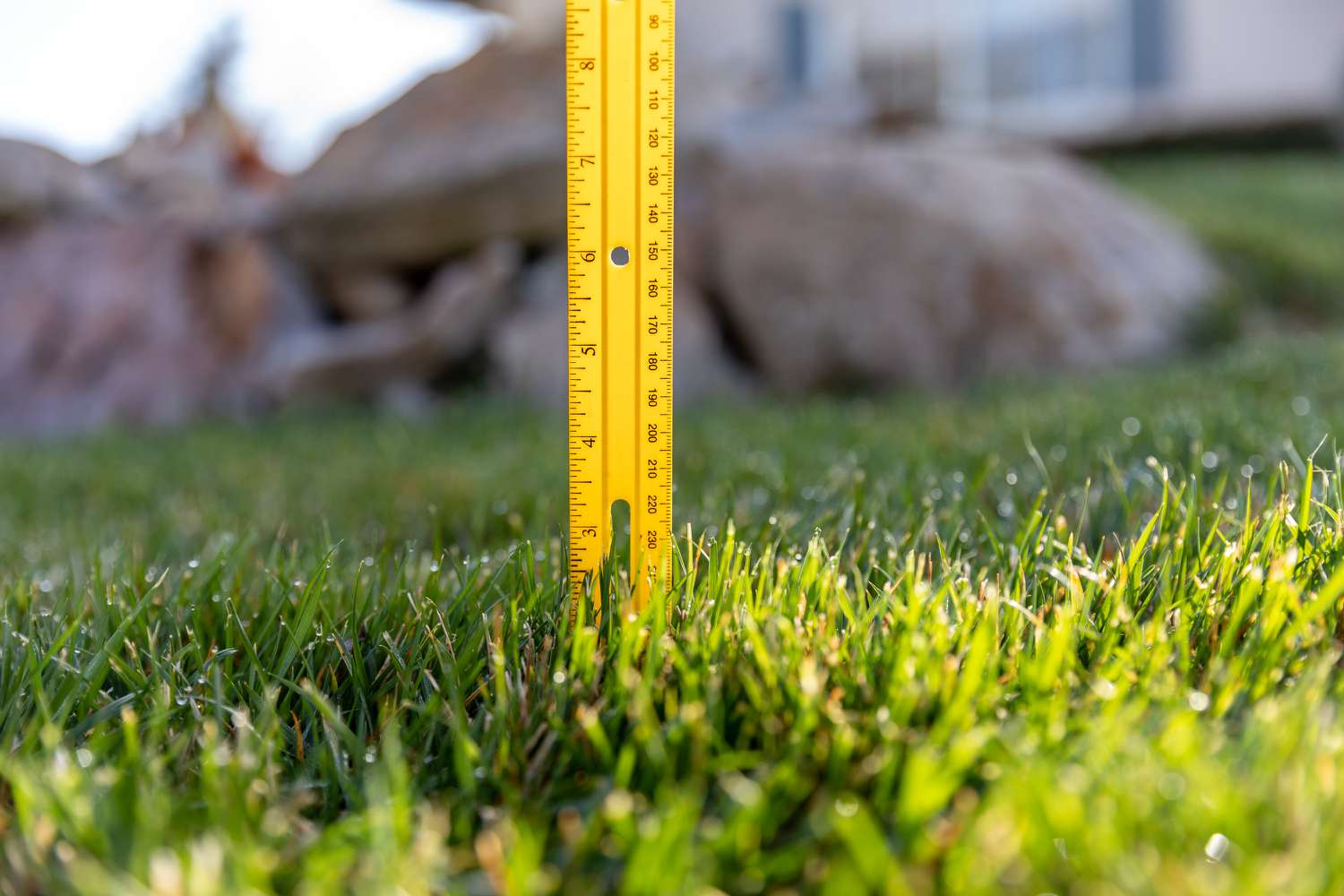

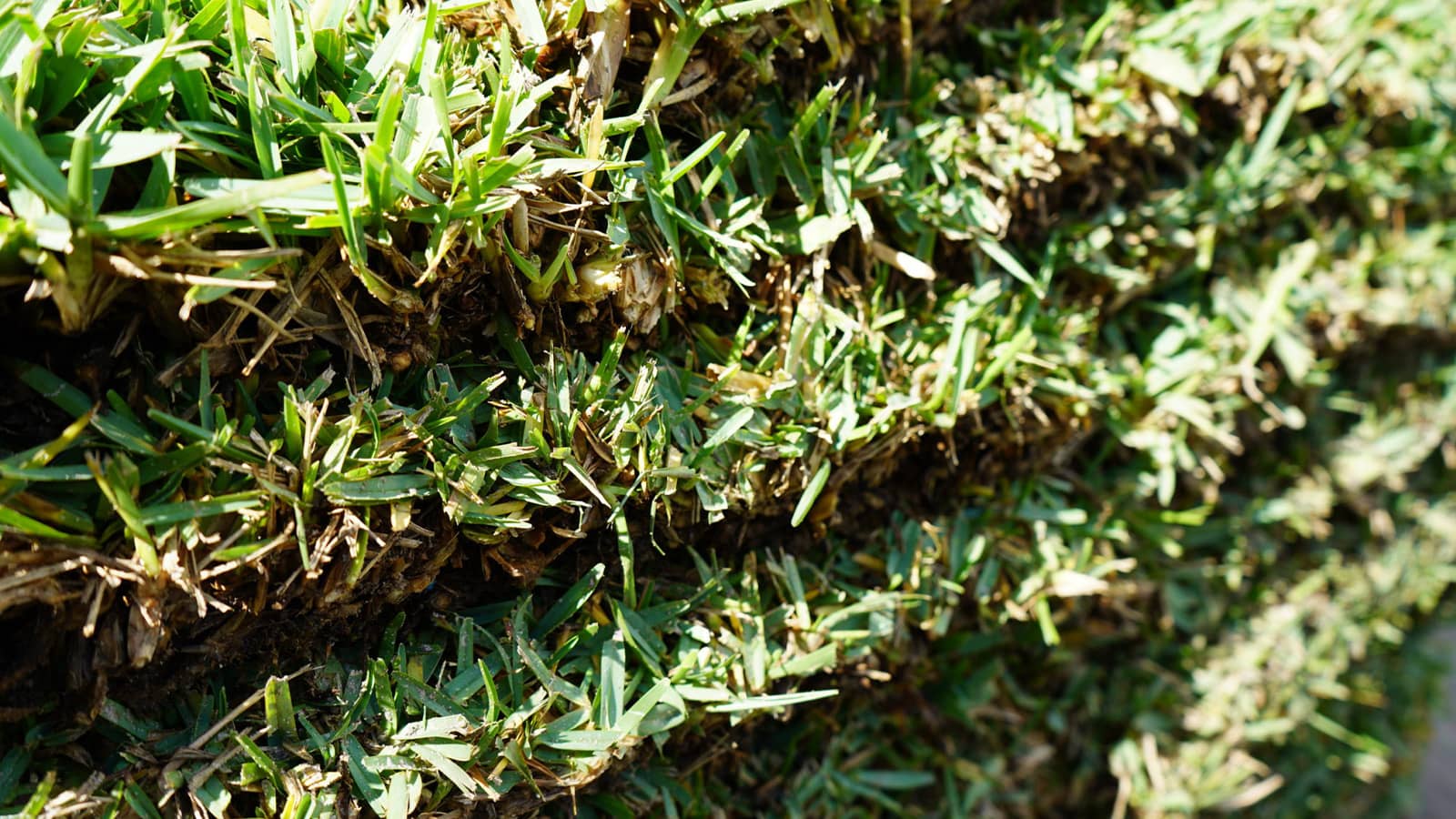


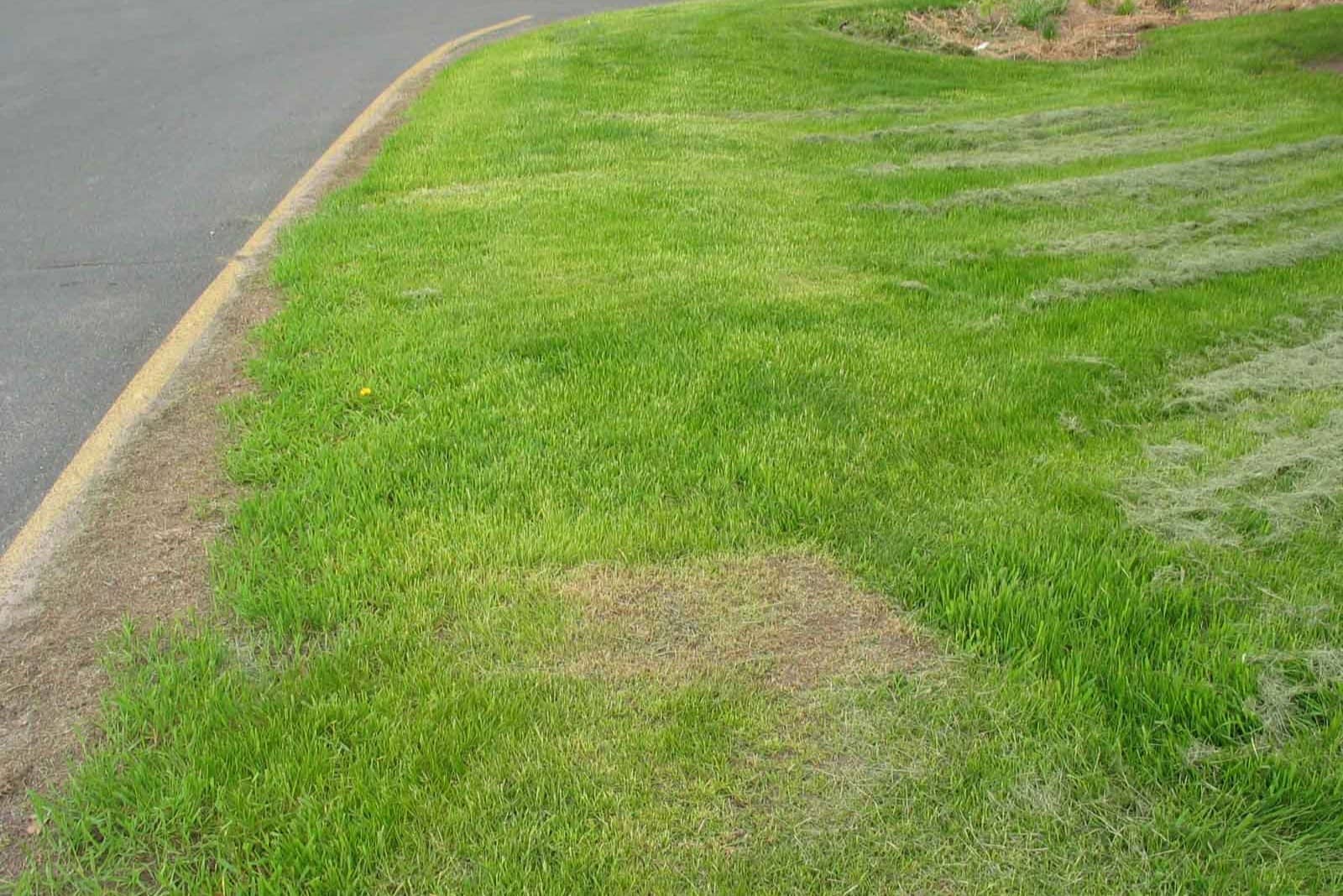


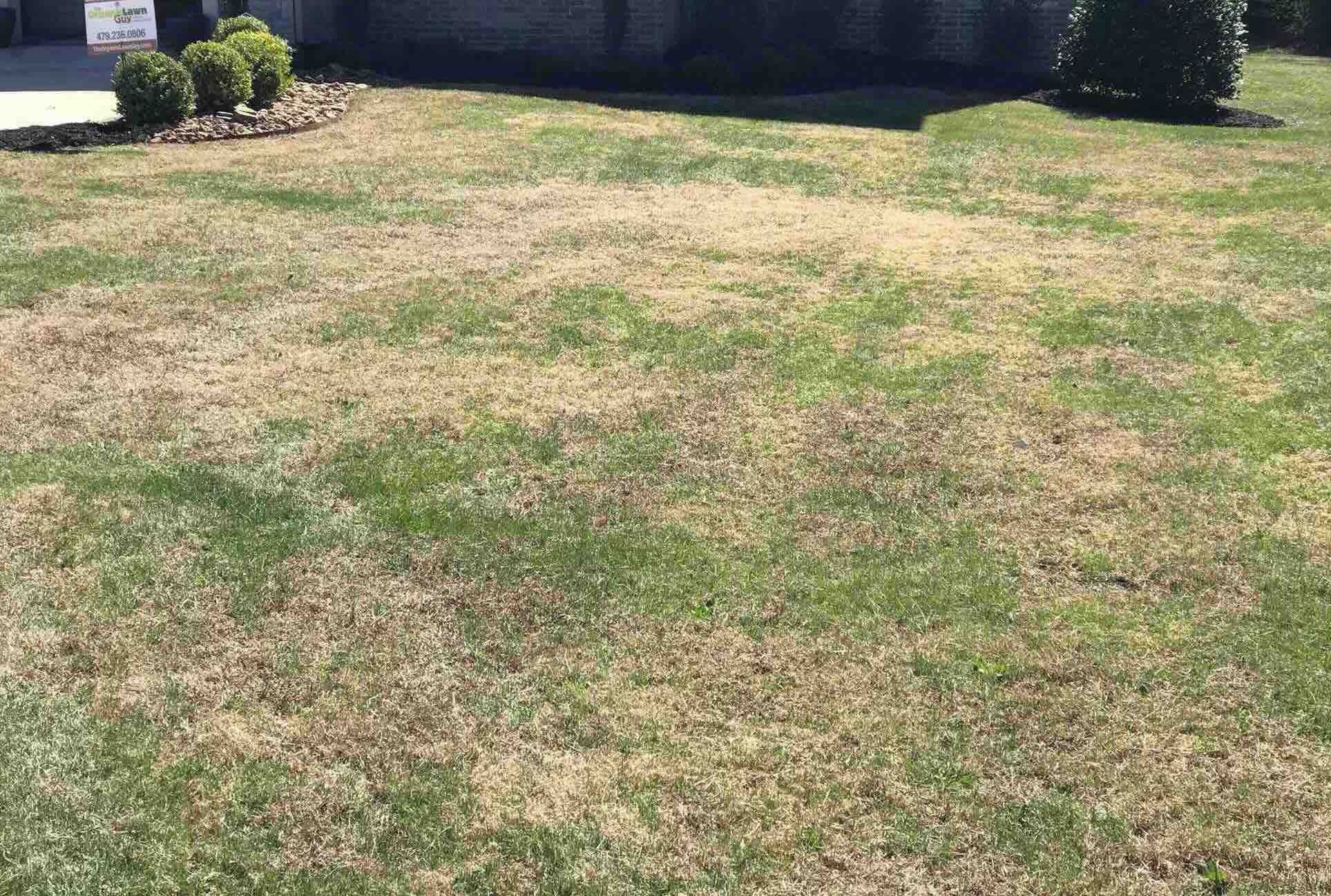
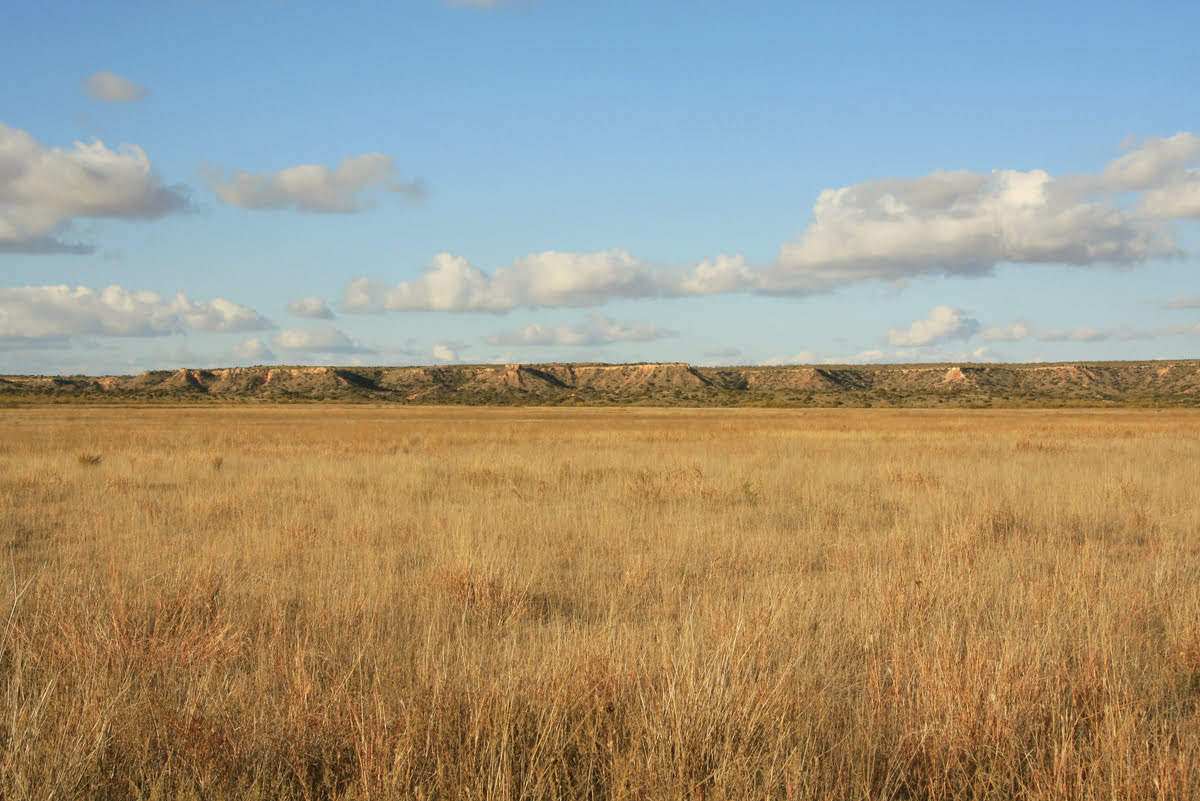

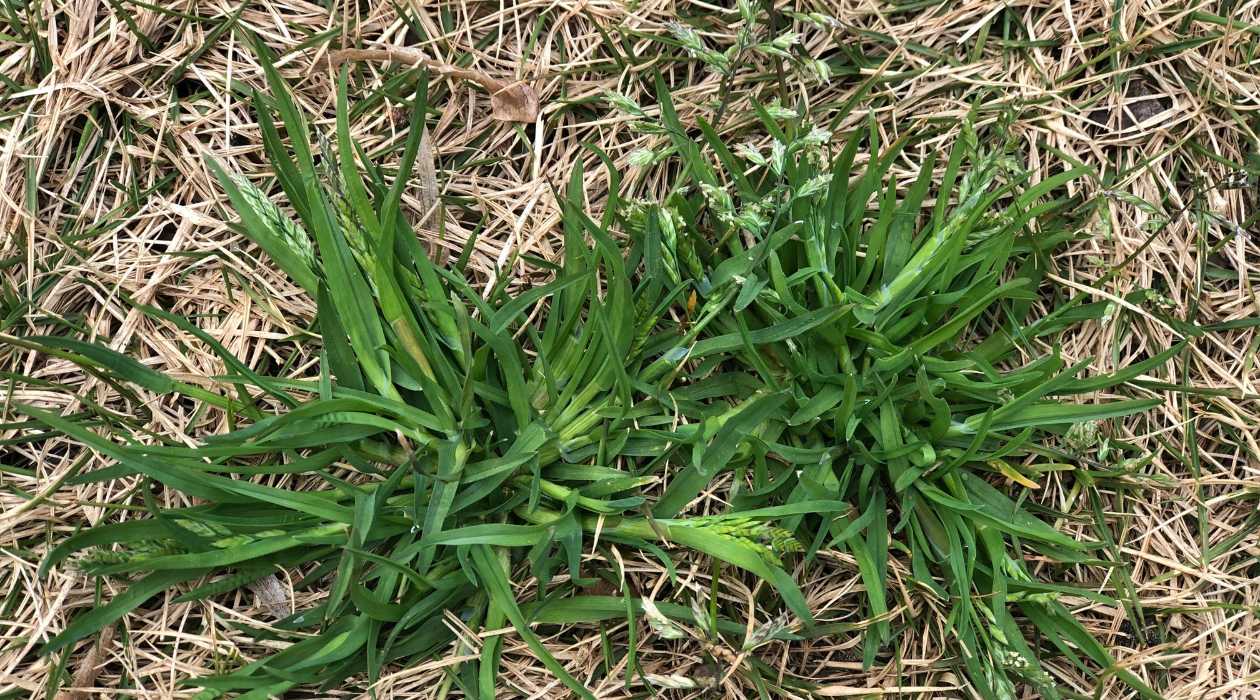




0 thoughts on “How Short To Cut Grass Before Winter”